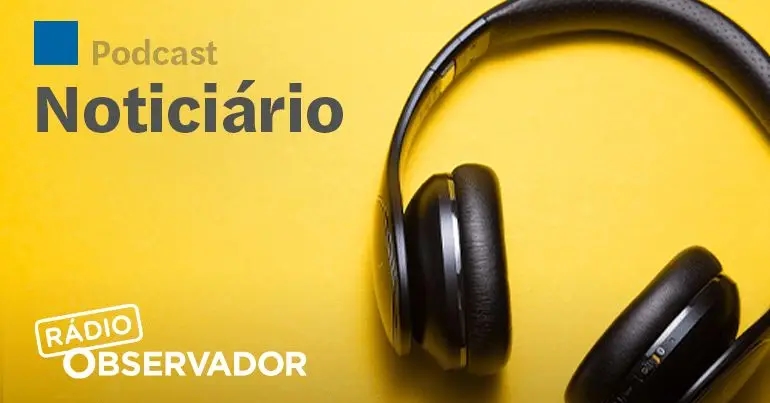Feeling the World Double: The Magic of Stereo Listening

We live surrounded by stimuli. We touch, smell, see, taste, and hear—sometimes all at the same time. Our senses are portals to reality, and few realize how meticulously the human body was designed to process the world in duplicate. Two eyes, two ears, two nostrils, two hands, two cerebral hemispheres. Coincidence? Not a chance.
This duplicity isn't just a matter of aesthetic symmetry. It's an evolutionary strategy of redundancy and precision. The two eyes don't see the same thing—the brain compares images to calculate depth. The nostrils perceive smells slightly differently to orient directions. And what about touch? Well, hand-foot coordination says it all. But there's one sense that, despite being ubiquitous, is often underestimated in its complexity: hearing.
If you think hearing is just capturing sounds with both ears, you're missing half the story. Hearing isn't just bilateral—it's binaural. And that changes everything.
Hearing with two ears (bilateral hearing) is the starting point. This means we physically have two auditory receptors, one on each side of our head. Simple, right? But what the brain does with this information is truly brilliant: it compares the arrival time (interaural time difference – ITD) and the intensity (interaural level difference – ILD) at which the sound reaches each ear, giving us a three-dimensional sense of the sound environment [Blauert, 1997; Middlebrooks & Green, 1991].
This is binaural hearing—and it's thanks to it that we know if someone is calling us from the left, if a car is coming from behind, or if a mosquito is circling us on a midsummer night. Studies show that this sound localization ability can distinguish angles with an accuracy of less than 5 degrees under ideal conditions [Macpherson & Middlebrooks, 2002].
What's more, this ability isn't just useful for survival. It's essential for conversation in noisy environments ( the cocktail party effect), for the musicality that moves us, and for the subtle balance of our bodies in motion. People with hearing loss on one side (single-sided deafness) often report that it's not volume that's missing, but orientation. It's like trying to dance in a ballroom where all the instruments are mixed together in one speaker.
Technology has already begun to explore (and imitate) this art. Headphones with binaural sound, 3D recordings, hearing aids with intelligent directional processing—all of this shows that we are only now beginning to appreciate what our brain has always mastered: mapping the world through sound. The field of binaural hearing is one of the most advanced frontiers in applied neuroscience and contemporary acoustic engineering.
In a world that's essentially visual, perhaps it's time we started "seeing with our ears." Because hearing, truly hearing, isn't just about capturing sounds. It's about interpreting, locating, and reacting. And that, my friends, is a superpower we're born with—and it deserves far more attention than we give it.
Final note (and invitation to reflection): We live increasingly surrounded by headphones, constant urban noise, and inattentive listening habits. What impact will this have on the way we hear—and what we miss out on? Have you ever considered what you lose by living in a "monaural" mode?
Cherish your hearing. Protect it. And, above all, train it. Because the world sounds much better in stereo.
observador





